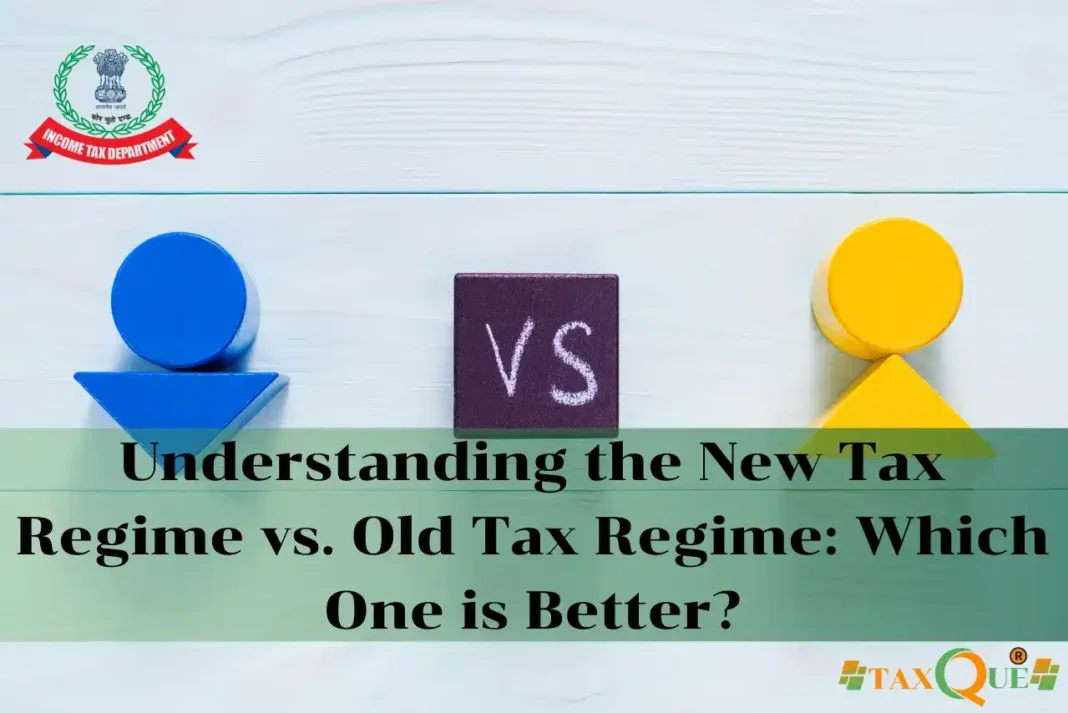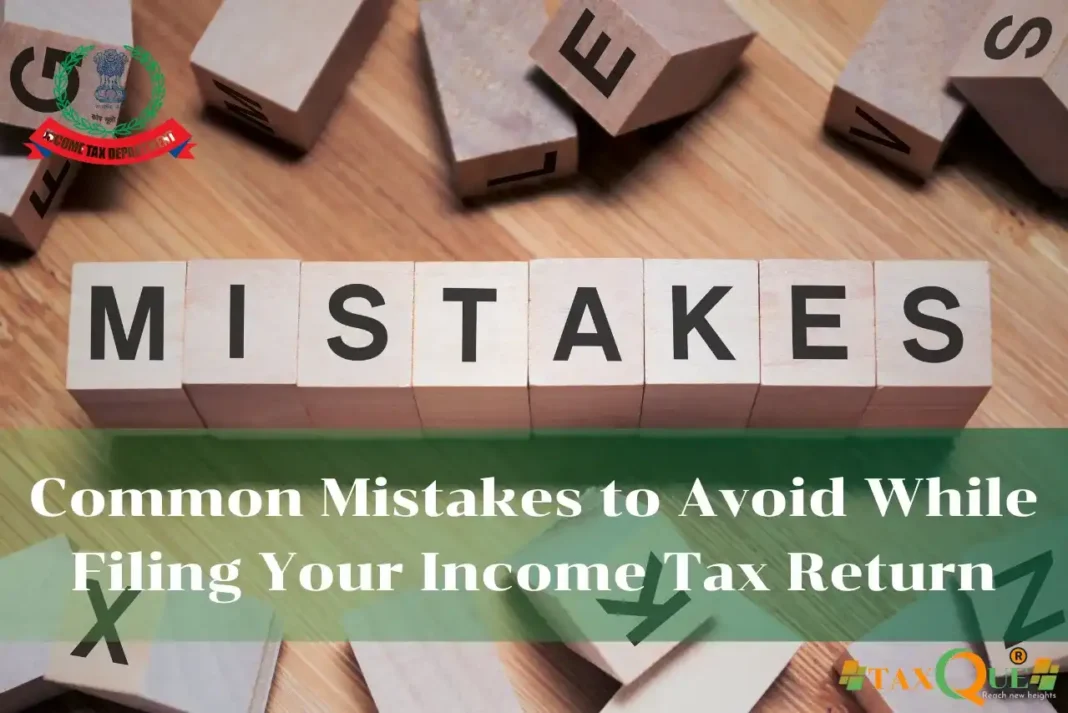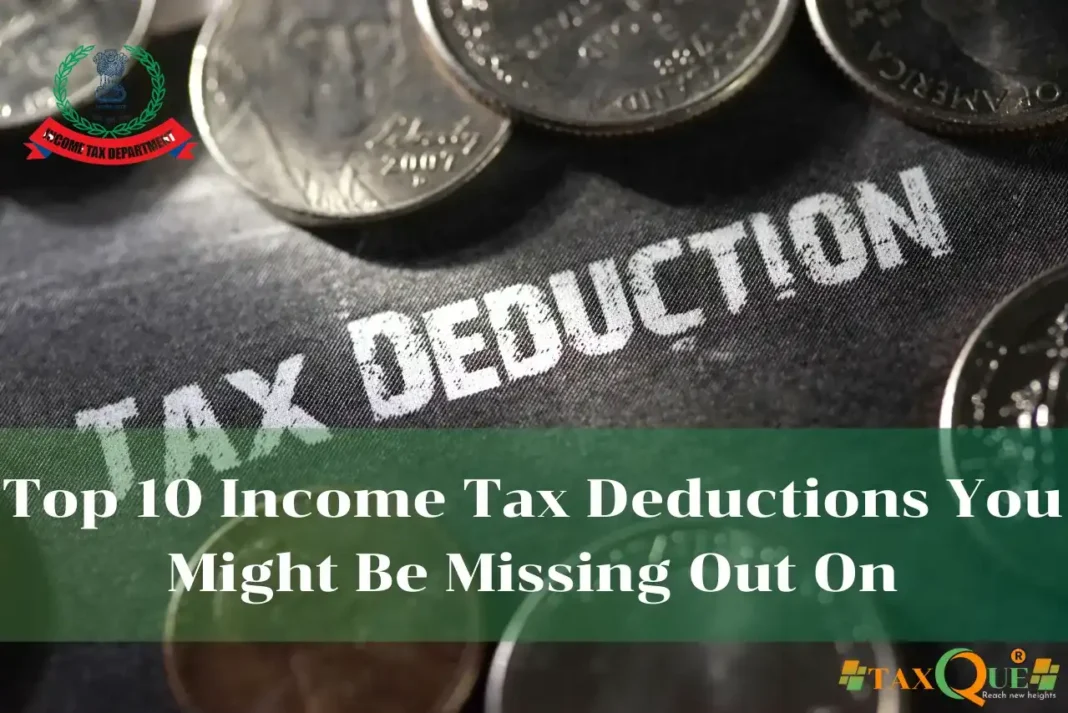Old vs. New Tax Regime in 2025: The Ultimate Guide to Making the Right Choice!
Introduction
With the Indian government offering two tax regimes — the traditional Old Regime and the simplified New Regime — many taxpayers are confused about which one suits them best. Each has its own advantages depending on your income level, deductions, and financial goals. This detailed comparison helps you make an informed decision for FY 2024-25 and AY 2025-26.
What is the New Tax Regime vs. Old Tax Regime?
Old Tax Regime:
This system allows you to claim various exemptions and deductions under the Income Tax Act, such as:
- Section 80C (up to ₹1.5 lakh)
- 80D (Health Insurance)
- HRA, LTA, and more
New Tax Regime (Introduced in 2020):
This regime offers lower tax rates but removes most deductions and exemptions. It simplifies tax calculations and is now the default regime from FY 2023–24.
Why It Matters
- Better Tax Planning: Choosing the right regime can lead to significant savings.
- Different Impacts for Different Incomes: Salaried vs. self-employed individuals benefit differently.
- Government Default: New regime is now default — understanding it is crucial.
- Clarity for Filing: You must opt out of the new regime if you want to use the old one while filing ITR.
Step-by-Step Comparison: New vs. Old Regime
| Income Slab | Old Regime (with deductions) | New Regime (no deductions) |
|---|---|---|
| ₹0 – ₹2.5 lakh | Nil | Nil |
| ₹2.5 – ₹5 lakh | 5% | 5% |
| ₹5 – ₹7.5 lakh | 20% | 10% |
| ₹7.5 – ₹10 lakh | 20% | 15% |
| ₹10 – ₹12.5 lakh | 30% | 20% |
| ₹12.5 – ₹15 lakh | 30% | 25% |
| ₹15 lakh+ | 30% | 30% |
⚠️ Note: Under the new regime, a standard deduction of ₹50,000 was added from FY 2023-24 onwards for salaried and pensioners.
Pros & Cons
Old Tax Regime – Pros:
✅ Wide range of deductions (80C, 80D, HRA, LTA, etc.)
✅ Ideal for those who invest and spend strategically
✅ Better for home loan borrowers, insurance holders
Old Tax Regime – Cons:
❌ Complicated and paperwork-heavy
❌ Requires investment to claim tax benefits
New Tax Regime – Pros:
✅ Lower tax rates
✅ No need for tax planning or documentation
✅ Simpler compliance
New Tax Regime – Cons:
❌ No deductions/exemptions except NPS, EPF, and standard deduction
❌ May lead to higher tax for those with many exemptions
Common Mistakes to Avoid
- Not Comparing Scenarios Before Choosing – Use online tax calculators.
- Assuming New Regime Is Always Better – Depends on deductions.
- Forgetting to Opt for Old Regime in ITR – New is default now.
- Salaried Not Informing Employers in Time – Can lead to wrong TDS.
- Overestimating or Underestimating Savings from Deductions – Plan accurately.
Conclusion
Choosing between the old and new tax regimes depends on your income, lifestyle, and ability to claim deductions. If you have significant tax-saving investments and expenses, the old regime may still be ideal. However, if you prefer simplicity and don’t claim many deductions, the new regime is a hassle-free option. Run both scenarios through a trusted tax calculator before filing your ITR this year.
FAQs
Q1. Can I switch regimes every year?
Yes, salaried individuals can switch every financial year. Business income taxpayers can opt once and switch back only once.
Q2. Is HRA allowed under the new tax regime?
No, HRA and most other exemptions are not allowed in the new regime.
Q3. Can I claim home loan interest in the new regime?
No, only interest on housing loans for let-out properties is considered.
Q4. What if I forget to select the old regime while filing?
Your tax will be calculated under the new regime by default.
Q5. Which regime is better for someone earning ₹10 lakh?
It depends — if you claim deductions over ₹1.5–2 lakh, the old regime may offer better savings.





